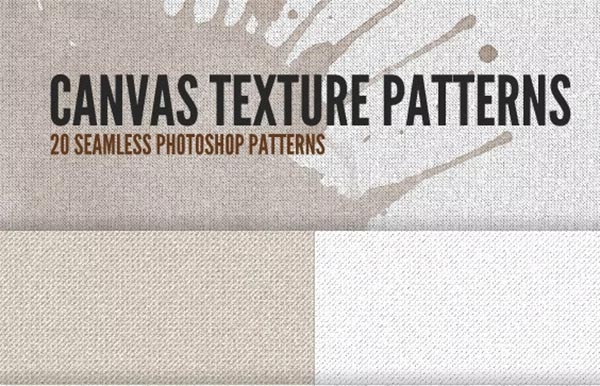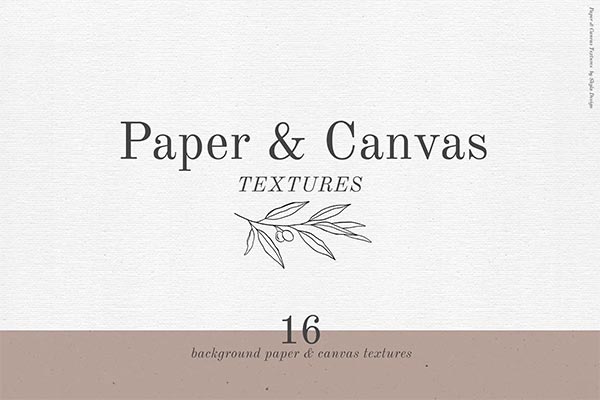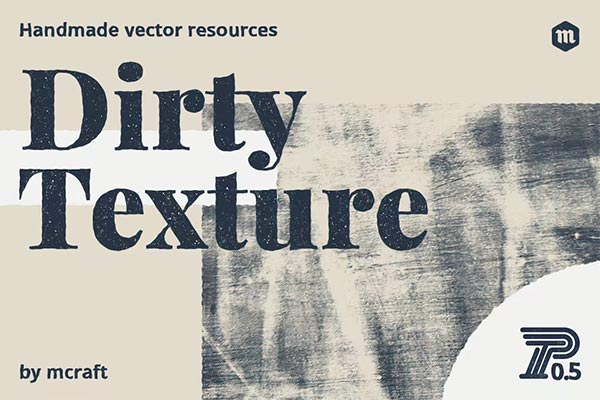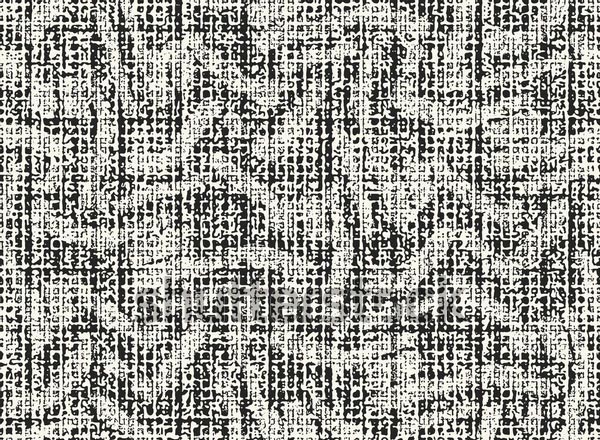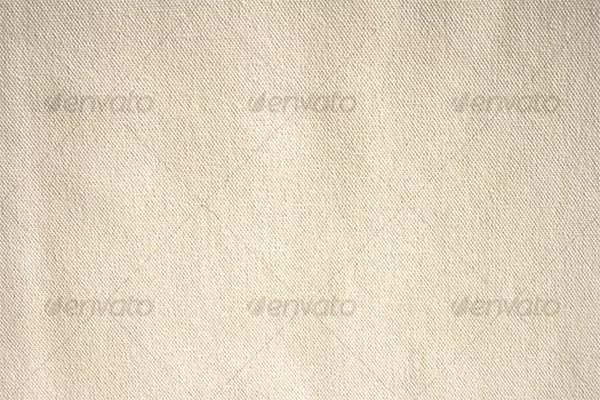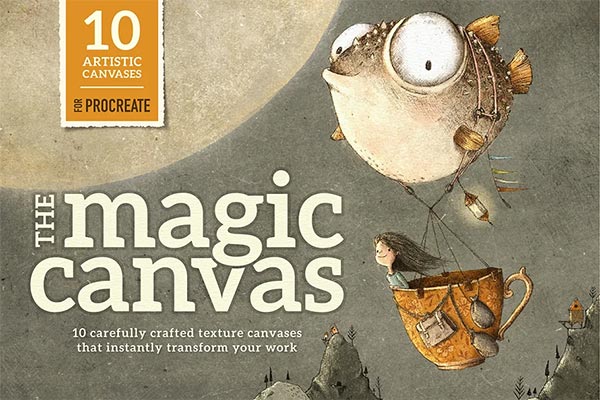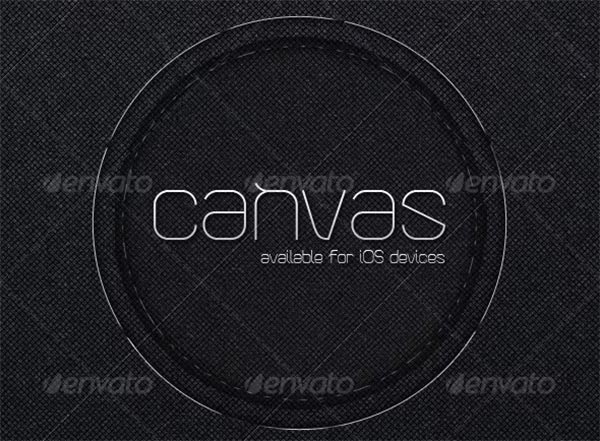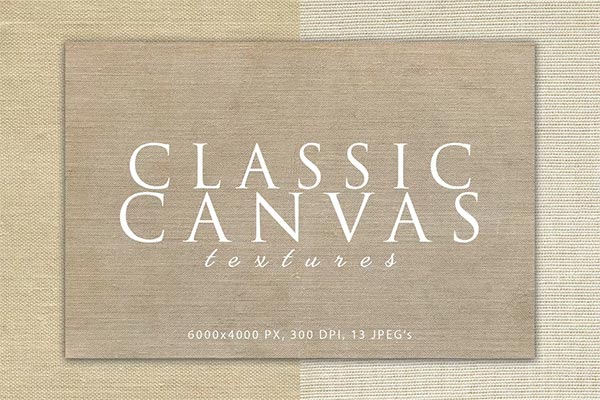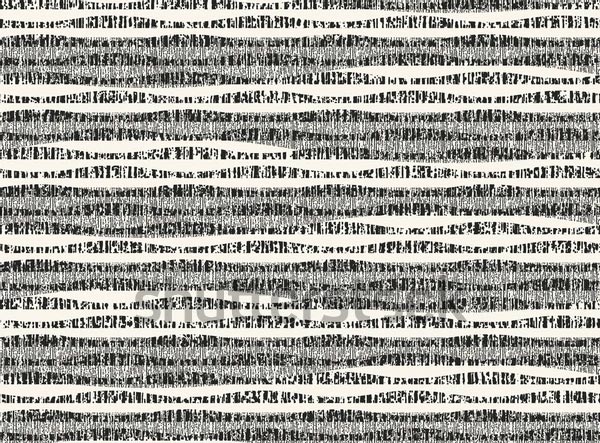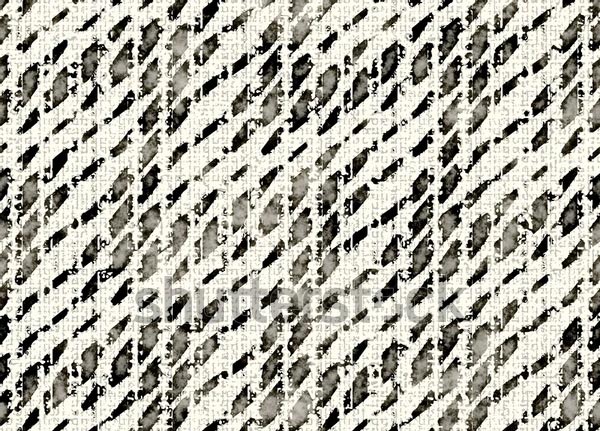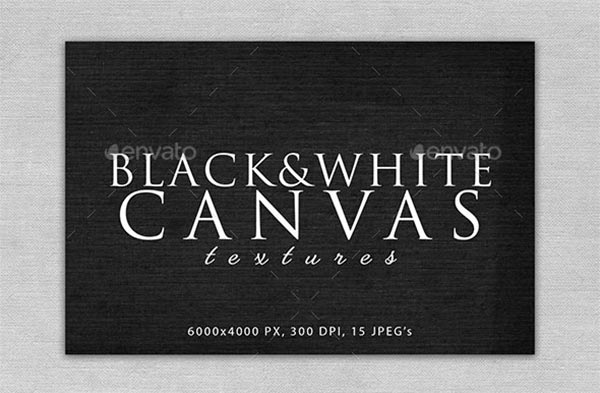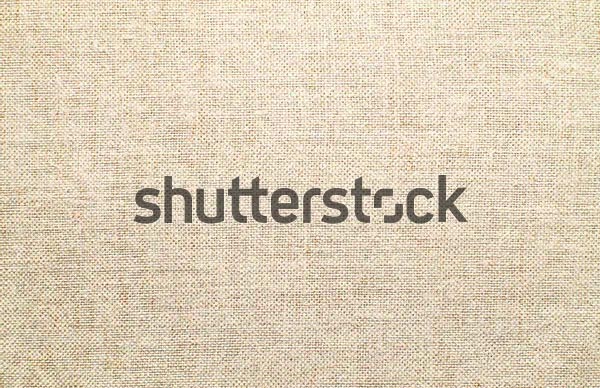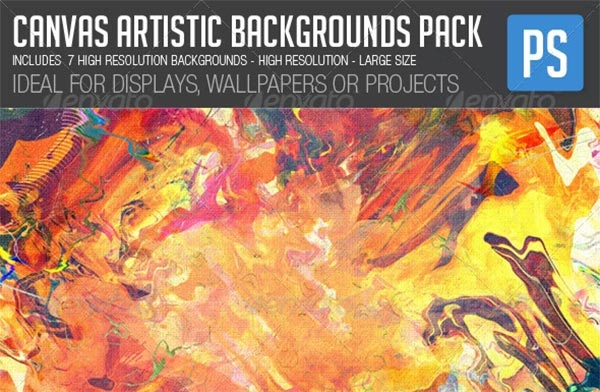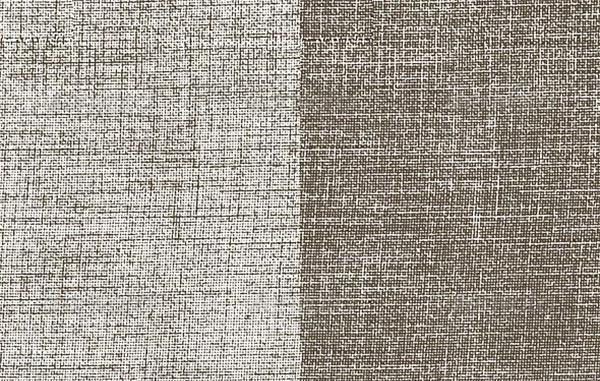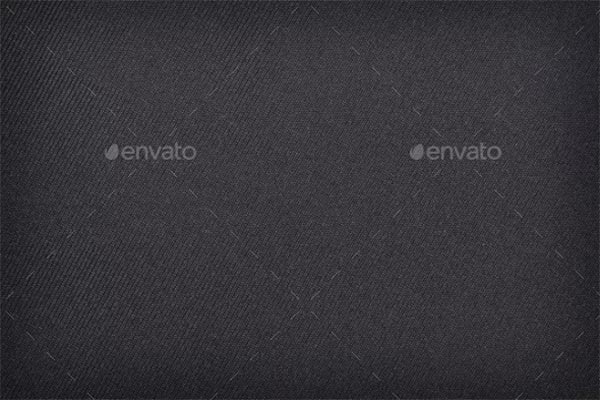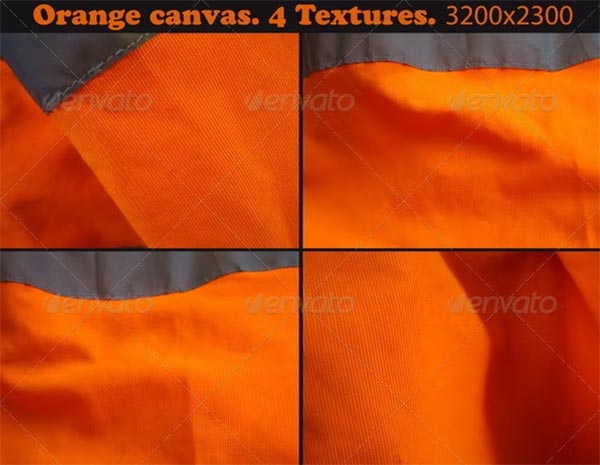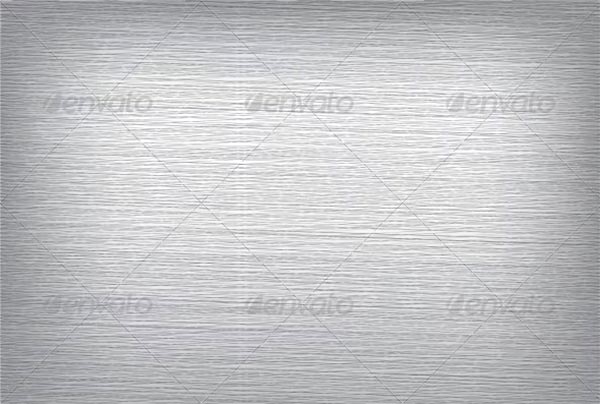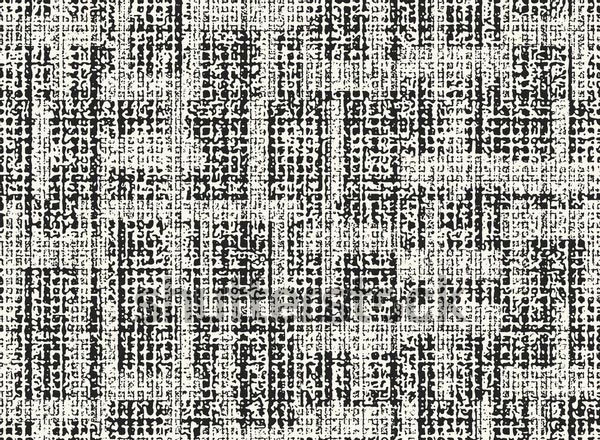Canvas Texture Pattern Template: Elevate Your Design Projects with Timeless Elegance
In the world of graphic design, texture plays a pivotal role in adding depth, dimension, and visual interest to your work. One texture that stands out for its versatility and timeless appeal is canvas texture. By incorporating Canvas Texture Pattern Templates into your designs, you can evoke a sense of craftsmanship, tradition, and artistry—qualities that resonate across various industries and mediums. Whether you're working on branding, affiliate marketing content, or graphic design templates, canvas textures offer a way to enhance the tactile quality of your digital creations, giving them a rich, sophisticated finish.
This guide will take you through the importance of Canvas Texture Pattern Templates, how to use them effectively, and their impact on graphic design and marketing content. If you're looking to add a subtle, professional touch to your designs, canvas textures could be the perfect solution.
What is a Canvas Texture Pattern Template?
A Canvas Texture Pattern Template is a digital overlay that mimics the look and feel of a real canvas surface. These templates come in various styles, from fine-weave patterns to rough, textured canvases, and are often used to give digital designs a hand-crafted, authentic feel. They are applied as backgrounds or overlays to images, illustrations, or text, allowing you to add a tactile, realistic texture to otherwise flat, digital designs.
Canvas textures can also introduce a sense of depth and warmth, making them ideal for projects that need a touch of elegance or tradition. Whether you're working on website design, digital advertisements, or print collateral, these templates are incredibly versatile and can be customized to fit a wide range of artistic visions.
Why Use Canvas Texture Pattern Templates?
1. Add Depth and Dimension to Your Designs: One of the key reasons to use Canvas Texture Pattern Templates is the visual depth they create. Canvas textures add a layer of complexity to flat designs, making them appear more tangible and realistic. This is particularly important in digital design, where achieving a tactile feel can be challenging. By incorporating a subtle canvas texture, you can transform your artwork, giving it a sense of depth and dimension that captivates the viewer.
For example, in affiliate marketing, using canvas textures can make your promotional graphics or banners stand out by adding a layer of sophistication. The texture naturally draws the eye, encouraging engagement and making your content more memorable.
2. Create a Hand-Crafted, Authentic Look: In an era where sleek, minimalist designs often dominate, incorporating canvas textures allows you to introduce a sense of authenticity and craftsmanship. The roughness of the texture mimics traditional art forms, such as painting or printmaking, giving your designs an artisanal quality. This is especially useful for branding projects that aim to communicate a sense of tradition, quality, or craftsmanship.
For businesses or brands that focus on handmade products, vintage aesthetics, or artisanal goods, using a canvas texture can reinforce the brand’s identity. It helps tell a story, connecting the digital design with real-world craftsmanship.
3. Versatility Across Different Mediums: Canvas Texture Pattern Templates are incredibly versatile and can be adapted to various design mediums. Whether you're designing for websites, social media, or print materials, canvas textures can seamlessly blend into different formats. For instance, you can use canvas texture as a subtle background for your blog graphics, apply it as an overlay for product images, or incorporate it into graphic design templates for social media posts.
Additionally, these textures are perfect for creating compelling digital ads and landing pages that demand attention. They provide a subtle yet powerful visual cue, helping your designs stand out without overwhelming the main message. Geometry Photoshop Brushes
How to Use Canvas Texture Pattern Templates in Your Designs
Incorporating Canvas Texture Pattern Templates into your design workflow is a simple yet highly effective way to elevate your projects. Here’s a step-by-step guide on how to integrate canvas textures into your work:
Step 1: Choose the Right Texture: When selecting a Canvas Texture Pattern, it’s essential to choose one that aligns with the overall aesthetic of your project. Some textures are more subtle, with fine, delicate weaves, while others have a rough, pronounced texture that can dramatically alter the feel of your design. Think about the tone and mood you want to convey—whether it’s vintage, rustic, or modern—and select a texture that complements it.
For more polished, professional designs like corporate branding or affiliate marketing graphics, a smoother, more refined canvas texture may be appropriate. On the other hand, for projects with a more artisanal or DIY feel, a rougher texture might work better.
Step 2: Apply the Canvas Texture: Once you’ve selected your canvas texture template, open your project in Photoshop, Illustrator, or your preferred design software. You can apply the texture as a background or use it as an overlay to enhance the visual elements in your design.
To apply the texture as an overlay, place the canvas texture layer over your design and adjust the blending mode to one that complements the design, such as Multiply, Overlay, or Soft Light. This will integrate the texture into the overall design without overwhelming the main elements. You can also adjust the opacity of the texture to achieve the desired level of subtlety or boldness.
Step 3: Customize and Refine the Effect: The beauty of using Canvas Texture Pattern Templates is their flexibility. Once you’ve applied the texture, you can further refine the look by adjusting the contrast, brightness, or color of the texture layer. This customization allows you to tailor the texture to suit the exact needs of your project.
Additionally, if you want to focus the canvas texture on certain areas of your design, consider using layer masks. This technique allows you to selectively apply the texture to specific elements, such as only the background or a particular section of an illustration, giving your design a more balanced and cohesive look.
Step 4: Save and Export Your Design: After applying and refining your canvas texture, save your project in high resolution, especially if it will be used for print or high-quality digital displays. Canvas textures can lose their fine details if saved in low resolution, so be sure to export your work in a format that preserves the intricacy of the texture.
Creative Uses of Canvas Texture Pattern Templates
1. Website Design and Landing Pages: Canvas texture backgrounds can add a unique flair to website designs, particularly for creative portfolios, artisan shops, or personal blogs. Using a subtle canvas texture as a background can create a warm, welcoming atmosphere that invites users to explore the site. It’s also a great way to draw attention to call-to-action buttons or special promotions on landing pages, making your message stand out in a sea of flat, digital interfaces.
2. Social Media Graphics: Incorporating canvas texture templates into your social media graphics can make your posts more engaging and visually striking. Whether you're designing a Facebook banner, an Instagram post, or Pinterest pins, the added texture helps your content break through the clutter. Textured graphics also tend to perform better in terms of engagement, as they offer a refreshing alternative to the clean, minimalist designs often seen on social platforms.
3. Affiliate Marketing Content: For affiliate marketers, visually appealing designs are crucial for driving clicks and conversions. Canvas Texture Pattern Templates can be used to create stunning banners, ads, and product showcases that stand out in a crowded marketplace. The textured design can help establish trust and authority, as it conveys a sense of quality and professionalism. This subtle sophistication can lead to higher engagement rates and ultimately boost your affiliate sales.
4. Print and Branding Projects: Canvas textures are also an excellent choice for print materials, such as business cards, brochures, and product packaging. The tactile feel of a canvas texture can be especially impactful in print, as it adds a physical quality to your designs. For branding projects, using a canvas texture can reinforce a brand’s identity, particularly for businesses that emphasize craftsmanship, quality, or tradition. Denim Texture Pattern Templates
Conclusion
Canvas Texture Pattern Templates offer a simple yet powerful way to elevate your design work. Whether you're creating a sophisticated branding project, working on affiliate marketing graphics, or designing for social media, these textures add a layer of depth and authenticity that enhances your overall aesthetic. By incorporating canvas textures, you can give your designs a handcrafted, timeless quality that resonates with viewers and leaves a lasting impression.
